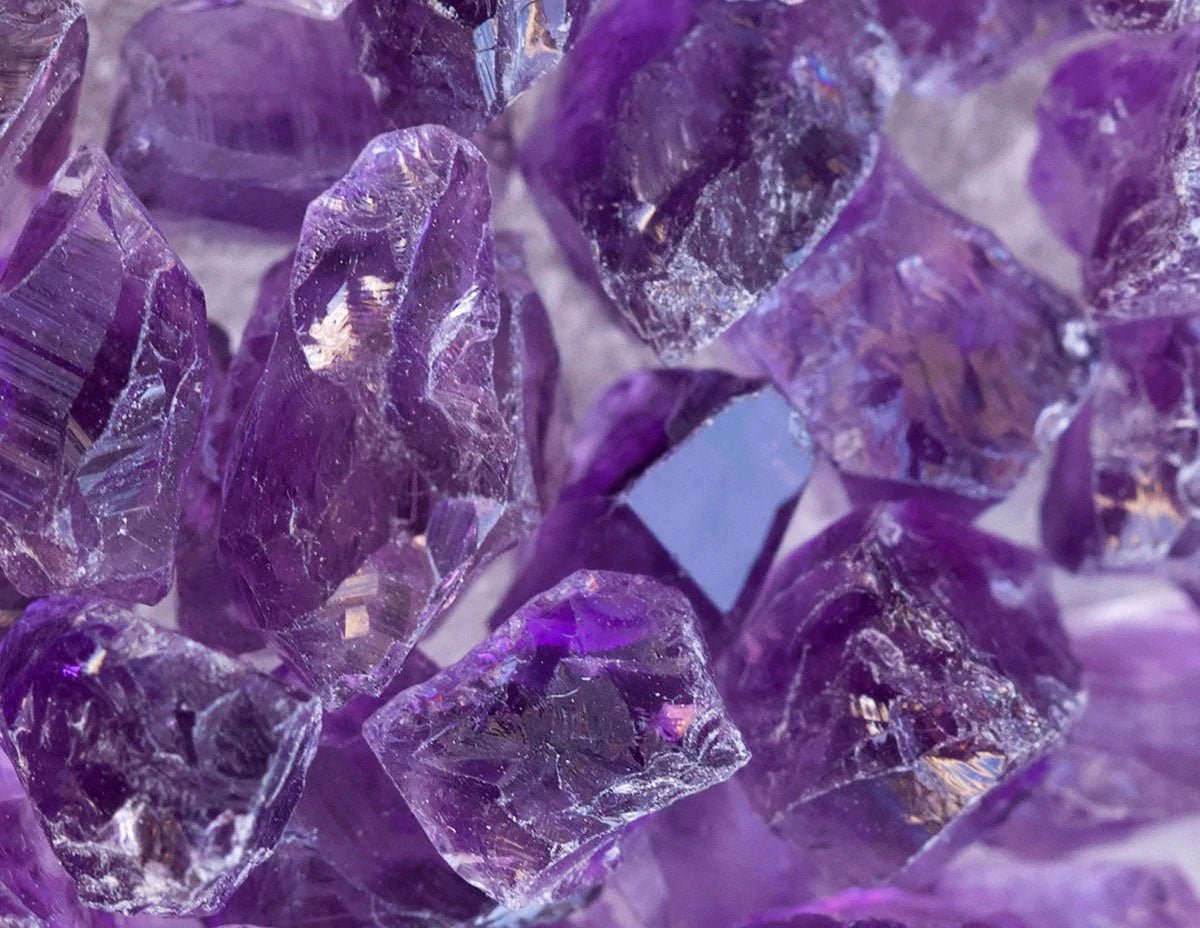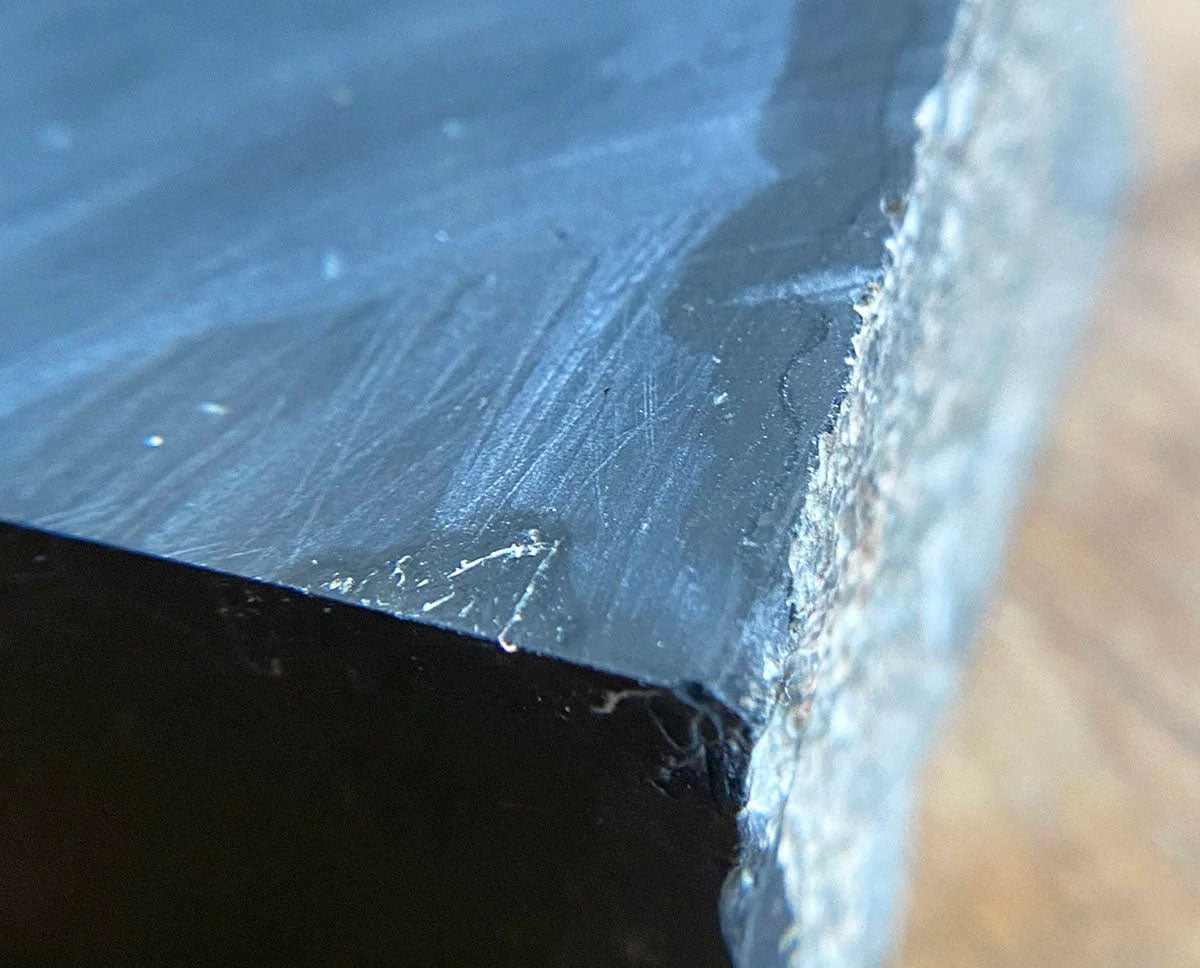
The Timeless Allure of Diamond Jewelry: A Brief History
Diamond has a history of being everyone's favorite gemstone, almost becoming the default choice for jewelry, status, displaying wealth, and showing off your exquisite fashion taste from the ancient world right up to the present day. The history and lore surrounding diamond and diamond jewelry is a fascinating tale that crosses time and cultural differences to unite humanity with our universal desire to own pretty, shiny rocks.
Although diamond is better known for its jewelry, the gemstone has a myriad of uses from industrial and scientific applications to fashion and artistic purposes. Much more than a mere pretty shiny rock, diamond is the hardest natural material known to man, making it incredibly resistant to shattering. Diamond's hardness has been known for millennia, with the name 'diamond' deriving from the Greek 'Adamos' which means unbeatable or untameable.
Diamond is also a great conductor of electricity and remains stable at high pressures and high temperatures. A lot of diamonds are used in manufacturing and industrial processes these days because diamonds can cut through and grind down other materials with relative ease, given their extreme hardness. Diamond lenses are used for certain specialized functions, where ordinary glass planes would not be suitable. The diamonds used in manufacturing and industry are very different in appearance from the elegant colorless crystals we are used to seeing on sparkling rings and necklaces, but ultimately all diamonds are crystallized forms of pure carbon, with their atoms arranged in a crystal shape.

Beginning of Diamond Jewelry
The history of diamond mining and the diamond trade has been traced back to 400 BCE in India, where there was a large diamond trade right until the 1700s when the diamond supply was finally exhausted.
For many centuries it was assumed that India was the sole source of diamonds in the world. Indian diamonds were traded first amongst the wealthy elites of Indian society, then further east along the Silk Road into China and eventually they spread west, with the European societies also developing a taste for these precious gems.
Roman naturalist and writer Pliny (the Elder) wrote about diamonds, noting their hardness and extolling them as the most precious and most beautiful things in all of the world.
Back in those days, diamonds were not the cut and polished shiny rocks we would all recognize instantly. The art and practice of cutting diamonds did not begin in earnest until the 1300s-1400s.
Back in those days, diamonds were not the cut and polished shiny rocks we would all recognize instantly. The art and practice of cutting diamonds did not begin in earnest until the 1300s-1400s.
Before this, diamonds were rough and only their tops would be polished. These would mostly be used to adorn diamond jewelry, chalices, crowns, ornamental swords or daggers, temples, and bible manuscripts. Some were also kept as talismans or amulets to be worn for good luck or to ward off diseases and/or misfortune. Diamonds were occasionally used to protect the wearer from the Plague during the middle ages. It is said that Queen Elizabeth I wore a diamond in the hopes of protecting herself from the Plague and considering her death was due to suspected blood poisoning or cancer, perhaps the diamonds did their job!

Diamonds in The Age of Exploration:
During the 1300s, Venice had become the world diamond-cutting and trading hub. Venice was a maritime power, with a web of trade routes that connected them to the far east as well as the European mainland. Over the next few centuries, more and more trade routes began to be forged as European navigators took to the ocean to try and bypass the Silk Road route which was often quite dangerous and cumbersome to travel.
With the Portuguese expanding their territory to include Goa, the Europeans greatly improved their access to Indian diamonds, bypassing the old land route entirely and setting up trading hubs and outposts, some of which eventually grew into fully-fledged colonies.
This was the age of Exploration and every King, Queen, and Emperor across Europe from Britain to the Ottoman Empire was vying for control of new territories, new trade routes, and more wealth.
In the 1500s, Antwerp in Belgium became a key center for diamond cutting and trading. Antwerp blossomed into a wealthy city, situated nicely as an important port city where ships from diamond trading routes would come to dock. When the Jewish people left Spain and Portugal in that century, many settled in Belgium and brought their creative skills in diamond cutting with them. Antwerp is still a major player in the world diamond trade, over 500 years later!

Commercialization of Diamond Trading 1700s-1800s
Throughout the 1700s, the reliance on India as the sole source of diamonds began to dwindle. Supplies were becoming exhausted and a new player had emerged: Brazil.
For around 150 years, Brazil became the prime location for satisfying the world's tastes for diamonds. As the decades went on, the European monarchies of France, Spain, and Portugal began to face a decline. The opulence and wealth of monarchs were very starkly contrasted with the poverty faced by many of the subject peoples. Revolutions and political upheavals in the 1700s & 1800s shifted demand away from the elites in the Old World and into the new. By the 1800s, the United Kingdom was the ascendant power in Europe while the United States was beginning to emerge as an industrial powerhouse during the 1800s.

The Age of Empire and Diamonds
With the Pax Britannica, Britannia ruled the waves and the sun never set on its empire. This empire included the former world source of diamonds, India but it also included a new diamond-mining location, South Africa.
In 1871, an 83.5 Carat diamond was discovered in South Africa, which sparked a large diamond rush, eventually resulting in the creation of the Kimberley mines and the founding of the town of Kimberley itself. A man named Cecil Rhodes, founder of the British South Africa Company made a pretty penny selling equipment to the prospecting miners, which he used to buy out smaller mining operations. He secured funding from the Rothschild banking family and by 1888, a merger with other miners in the area created the De Beers Consolidated Mines.
De Beers would go on to have a monopoly on the South African diamond mining industry and using their connections back in London, they began to negotiate price-fixing with the London Syndicate. This meant that when supplies of diamonds were plentiful, De Beers would refuse to sell all of their stock, artificially creating scarcity and keeping diamonds exceptionally profitable and valuable. The only threat to this was the sudden discovery of new mines, as Rhodes himself stated in 1896.
Rhodes was extremely influential and during the Second Boer War, he urged the British to defend Kimberly instead of pursuing more strategic goals. Rhodes transformed his factory into an arms depot, making shells and even a long gun named Long Cecil to help defend his business. By the time Cecil Rhodes died in 1902, De Beers controlled 90% of the global diamond trade, an unrivaled cartel.
De Beer was ruthless in maintaining its top position. If a new challenger emerged, De Beer would flood the market with diamonds to sink the prices and destroy the competitors' ability to turn a profit. They would restrict the flow and control of diamonds accordingly to keep diamonds valuable. When prices fell, they would scoop up and stockpile diamonds, then sell them off at a greater profit once they successfully rose in value again.
This tactic was employed throughout the 1900s well into the 1990s until the abuses and human rights violations associated with the diamond mines began to hit the headlines and the term 'Blood Diamond' was known to the public.
From then on, diamond manufacturers were keen to avoid 'conflict' diamonds, which were associated with wars and exploitation happening across Africa and consumers sought guarantees that their engagement ring or necklace didn't have any guilt attached to it. This led to the Kimberly Process being developed in 2002, to give everyone peace of mind that there would be no ties to wars or human rights abuses.

Diamond Marketing in the 1900s
Aside from ruthless business practices, De Beers was incredibly talented at marketing its products. In the 1930s, the Great Depression was hampering consumers' purchasing power. A New York ad agency was hired by De Beers to boost sales. They came up with a genius sales tactic - They convinced men and women alike that the proper engagement gift was to be a diamond-studded ring, the bigger the better! Film stars, newspapers, and magazines began to reinforce this notion. Marilyn Monroe performed "Diamonds are a girl's best friend" & the notion that "Diamonds are forever" became engrained in the public consciousness.
This was so successful that it created problems of its own. People no longer bought diamonds, they became treasured heirlooms and passed from one generation to the next. This encouraged De Beers to promote the purchasing of a second diamond as an anniversary gift, to show your spouse how committed you remained. The practice of buying a diamond engagement ring for your beloved is still the accepted custom in Western nations to this day with other markets such as the Japanese or Chinese markets following suit, increasing the percentages of diamond-ring gifting in countries where this tradition is only a few decades old. They have left a long-lasting impact on wedding customs throughout the globe, which is a testament to the power of marketing and clever slogans. Diamonds really are forever!
This was so successful that it created problems of its own. People no longer bought diamonds, they became treasured heirlooms and passed from one generation to the next. This encouraged De Beers to promote the purchasing of a second diamond as an anniversary gift, to show your spouse how committed you remained. The practice of buying a diamond engagement ring for your beloved is still the accepted custom in Western nations to this day with other markets such as the Japanese or Chinese markets following suit, increasing the percentages of diamond-ring gifting in countries where this tradition is only a few decades old. They have left a long-lasting impact on wedding customs throughout the globe, which is a testament to the power of marketing and clever slogans. Diamonds really are forever!

Diamonds in the New Age
In the 2000s, new sources of diamonds have been discovered or developed, such as Canada, Australia, and Botswana. Consumers will no longer tolerate unethically sourced diamonds and manufacturers are very acutely aware of this. This is a positive development for the world as we can all enjoy the elegant beauty and alluring charm of diamonds and diamond jewelry without hurting anybody!
We at Variance are proud to source our diamonds ethically. All of our diamonds are Kimberly-certified conflict-free and come from trusted dealers. You can get your unique piece by shopping our diamond collection here.



